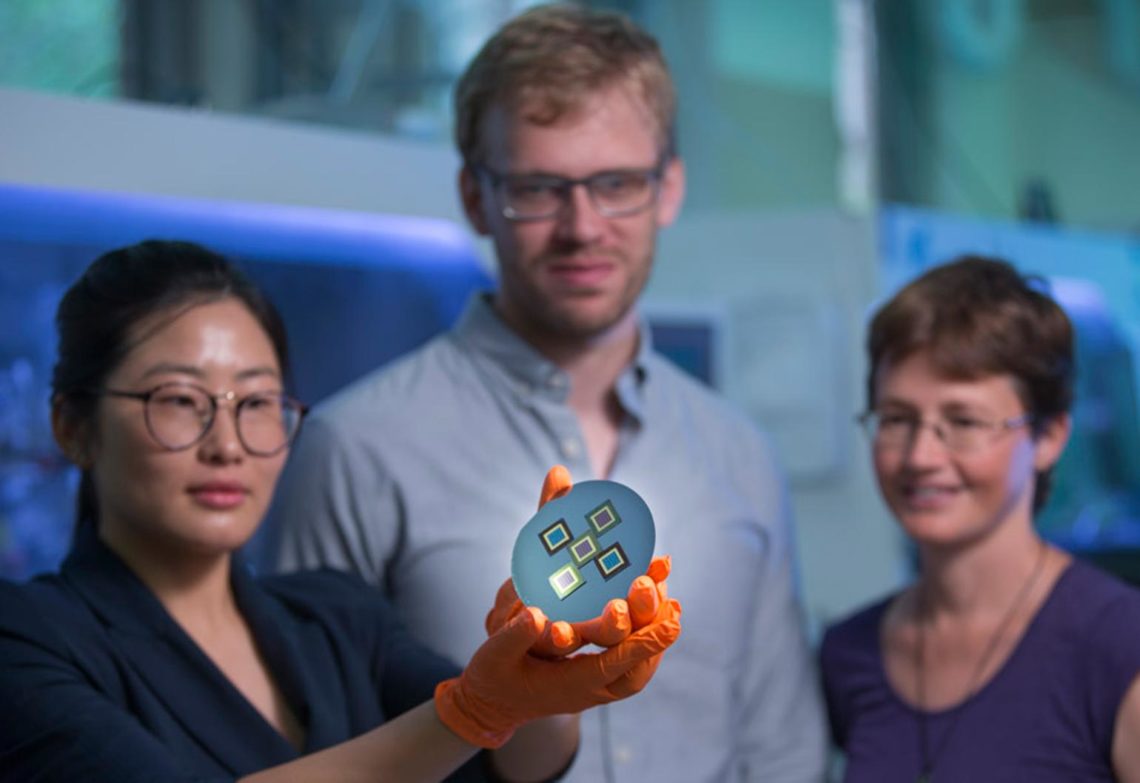How can silicon-based solar technology get more efficient? By mixing in another material.
The cost of solar technology has dramatically dropped over the past two decades.
By the end of 2017, the cumulative installed capacity for solar photovoltaic systems in Australia was 6401 MW, with close to 1.8 million installations, according to a report by the Australian Energy Council.
A study co-authored by Dr Heping Shen and Daniel Jacobs from the Australian National University School of Engineering, in collaboration with researchers from the California Institute of Technology, could lead to a further boost in solar with cheaper and more efficient technology.
While the current market is dominated by silicon-based technology, Jacobs said the technology has fundamental limits.
“Based on very well-established physics, you can be sure the conventional silicon cell will never exceed 30-odd per cent in efficiency,” Jacobs said.
“It’s just inconceivable to imagine that that number is going to be the stopping point for photovoltaics.”
One promising way of beating silicon’s efficiency limit is to incorporate another material, such as perovskite.
When two solar cells are combined in a so-called tandem arrangement, they typically need an interlayer to allow electrical charge to be transferred easily between the two sub-cells.
But the team is using what they said is one of the simplest tandem structures ever developed for combining perovskites and silicon: one without the interlayer.
This helps to minimise energy waste and simplifies the structure, making it cheaper and easier to produce.
The team has demonstrated two types of tandem cells. One employs a traditional crystallised homojunction silicon cell, while the other is based on a yet to be commercialised polycrystallised silicon.
“Going forward, we believe there is a fairly clear pathway to reaching efficiencies over 30 per cent,” Shen said.
“The main tasks are to improve on the electrical characteristics of our perovskite top cell and to work on the overall tandem’s optical design.”
Partners in shine
Finding materials that partner efficiently with silicon in a tandem structure is not easy, but perovskite solar cells are being hailed as a breakthrough.
“They’re potentially very cheap to manufacture and have excellent optoelectrical properties for use in tandems,” Jacobs said.
Perovskite tends to degrade under operating conditions, but there has been significant progress on the stability issue.
“The first perovskite cells to be demonstrated lasted in the order of minutes,” Jacobs said.
“We’ve progressed … to cells that last tens of thousands of hours under fairly realistic conditions.
This article originally appeared as “Tech in tandem” in the May 2019 issue of create magazine.



